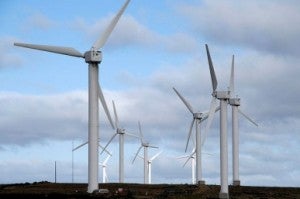On the heels of a recent Forbes blog post where I call out Texas’ Comptroller for playing favorites in her biased scrutiny of Texas’ wind industry, comes another Forbes piece by James Taylor from the Heartland Institute. Confusing correlation with causation, Taylor claims wind energy causes higher energy prices. However, an increase in electricity prices cannot automatically be accounted for by pointing the finger at wind energy. That’s simply playing fast and loose with the facts.
This is the same tired slant we have heard from Heartland Institute time and time again. Not surprising – when pundits want to cherry pick data to make their argument strong, it doesn’t always work.
First there are many, many factors that determine energy rates, not just one type of resource. In an analysis of utility rates, economists Ernst Berndt, Roy Epstein, and Michael Doane identified 13 reasons why an electric utility’s rates may be higher or lower than the average. They include things like the average use per customer, age of the electricity distribution system, generation resource mix, local taxes, and rate of increases prior to any implemented renewable portfolio standard (RPS). So faulting renewables for high energy prices is a bogus claim. Furthermore, there is no data showing a nationwide pattern of renewable energy standards leading to rate increases for consumers. The report states: “American consumers in the top wind energy-producing states have seen their electricity prices actually decrease by 0.37 percent over the last 5 years, while all other states have seen their electricity prices increase by 7.79 percent over that time period.” Further, 15 studies from various grid operators, state governments, and academic experts have examined the impact of wind energy on wholesale electricity prices and confirmed that wind energy reduces electricity prices. Read More











